.avif)
Although Jerusalem is not mentioned by name in the Quran, the majority of Muslim commentators believe that the Al Aqsa Mosque (which means “the farthest mosque”) mentioned in the story of the Prophet Muhammad’s Night Journey, refers to the Temple Mount in Jerusalem. The one and only verse in the Quran that refers to the Prophet Muhammad’s Night Journey, Surah 17, Verse 1, states: “Glory be to the One Who took His servant by night from the Sacred Mosque to the Farthest Mosque whose surroundings we have blessed”.
Like the biblical commentators in Judaism, the later Muslim commentators were also diligent in developing and enriching the stories and allusions they found in the Quran. And so, later traditions describe in great detail the Prophet’s ascension to heaven from Jerusalem, widely believed in Muslim tradition to be the location of Al-Aqsa. The Prophet made this journey on the back of a miraculous beast named Buraq. As you may have noticed, neither Buraq nor the Prophet Muhammad’s ascension are mentioned in the verse above.
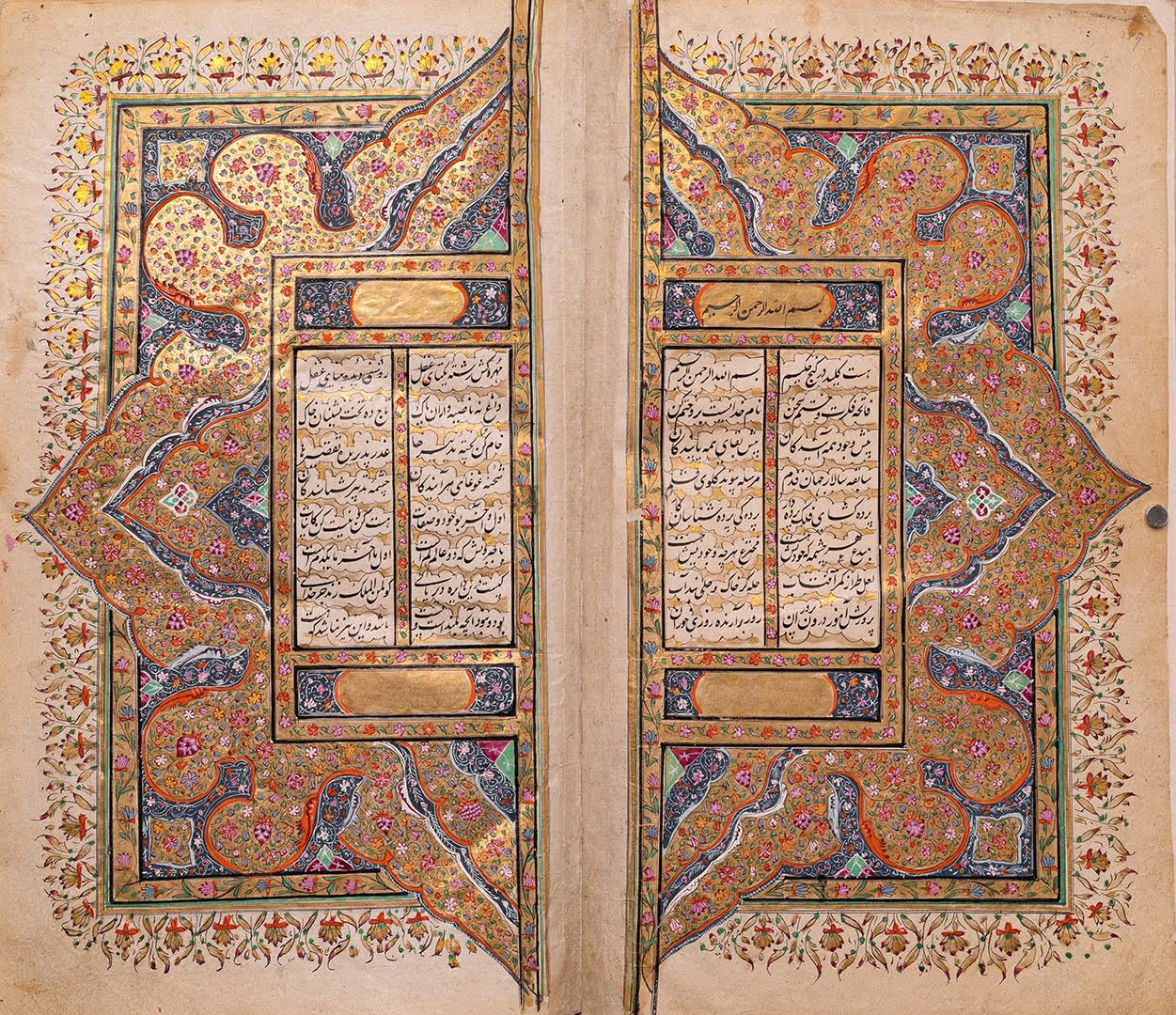
Although Jerusalem is not mentioned by name in the Quran, the majority of Muslim commentators believe that the Al Aqsa Mosque (which means “the farthest mosque”) mentioned in the story of the Prophet Muhammad’s Night Journey, refers to the Temple Mount in Jerusalem. The one and only verse in the Quran that refers to the Prophet Muhammad’s Night Journey, Surah 17, Verse 1, states: “Glory be to the One Who took His servant by night from the Sacred Mosque to the Farthest Mosque whose surroundings we have blessed”.
Like the biblical commentators in Judaism, the later Muslim commentators were also diligent in developing and enriching the stories and allusions they found in the Quran. And so, later traditions describe in great detail the Prophet’s ascension to heaven from Jerusalem, widely believed in Muslim tradition to be the location of Al-Aqsa. The Prophet made this journey on the back of a miraculous beast named Buraq. As you may have noticed, neither Buraq nor the Prophet Muhammad’s ascension are mentioned in the verse above.

Although Jerusalem is not mentioned by name in the Quran, the majority of Muslim commentators believe that the Al Aqsa Mosque (which means “the farthest mosque”) mentioned in the story of the Prophet Muhammad’s Night Journey, refers to the Temple Mount in Jerusalem. The one and only verse in the Quran that refers to the Prophet Muhammad’s Night Journey, Surah 17, Verse 1, states: “Glory be to the One Who took His servant by night from the Sacred Mosque to the Farthest Mosque whose surroundings we have blessed”.
Like the biblical commentators in Judaism, the later Muslim commentators were also diligent in developing and enriching the stories and allusions they found in the Quran. And so, later traditions describe in great detail the Prophet’s ascension to heaven from Jerusalem, widely believed in Muslim tradition to be the location of Al-Aqsa. The Prophet made this journey on the back of a miraculous beast named Buraq. As you may have noticed, neither Buraq nor the Prophet Muhammad’s ascension are mentioned in the verse above.



In terms of both visual art and poetry, some of the most beautiful work describing the Prophet Muhammad’s journey to Jerusalem can be found in an ornate manuscript preserved at the National Library of Israel. It is a manuscript of the Khamsa – a collection of five poems – composed by Jamal ad-Din Abu Muhammad Ilyas ibn-Yusuf ibn-Zakki, otherwise known as Nizami. A Persian poet born in the city of Ganja (now in Azerbaijan), Nizami lived in the Middle Ages from 1141 to 1209. Very little is known about the life of this esteemed poet, but his poems are revered throughout the Persian Muslim world. Nizami wrote about everything from unrequited love to the conquests of Alexander the Great, but his Khamsa also describes one of the central themes in Muslim tradition – the Prophet Muhammad’s ascension to heaven from the holy city of Jerusalem – as told by Nizami.
The impressive manuscript reflects the story according to the Muslim faith: For the purpose of the Prophet Muhammad’s departure on this journey, a fantastic beast named Buraq was made available to him. Aside from its unquestionable loyalty, it is said that every step Buraq takes brings it to the horizon. With its help, the Prophet Muhammad reached Jerusalem at record speed, and from there, ascended to the seventh heaven. Buraq did not accompany the Prophet Muhammad on his ascension but waited for him in Jerusalem, near the Al Aqsa Mosque. When he ascended to heaven, the Prophet Muhammad received the commandment to pray five times a day. Upon returning to the earth, he once again mounted Buraq, who brought him back to Mecca. The journey was extremely fast; Muslim tradition emphasizes that when Muhammad returned to his bed, it was still warm.
The manuscript preserved at the Library was copied in Kashmir, India in 1798. The fact it was copied and illustrated hundreds of years after the death of its author, in a place far removed from Nizami's own home, is an indication of this poet's tremendous popularity. To this day Nizami is considered one of the greatest Persian poets the world has ever known.

In terms of both visual art and poetry, some of the most beautiful work describing the Prophet Muhammad’s journey to Jerusalem can be found in an ornate manuscript preserved at the National Library of Israel. It is a manuscript of the Khamsa – a collection of five poems – composed by Jamal ad-Din Abu Muhammad Ilyas ibn-Yusuf ibn-Zakki, otherwise known as Nizami. A Persian poet born in the city of Ganja (now in Azerbaijan), Nizami lived in the Middle Ages from 1141 to 1209. Very little is known about the life of this esteemed poet, but his poems are revered throughout the Persian Muslim world. Nizami wrote about everything from unrequited love to the conquests of Alexander the Great, but his Khamsa also describes one of the central themes in Muslim tradition – the Prophet Muhammad’s ascension to heaven from the holy city of Jerusalem – as told by Nizami.
The impressive manuscript reflects the story according to the Muslim faith: For the purpose of the Prophet Muhammad’s departure on this journey, a fantastic beast named Buraq was made available to him. Aside from its unquestionable loyalty, it is said that every step Buraq takes brings it to the horizon. With its help, the Prophet Muhammad reached Jerusalem at record speed, and from there, ascended to the seventh heaven. Buraq did not accompany the Prophet Muhammad on his ascension but waited for him in Jerusalem, near the Al Aqsa Mosque. When he ascended to heaven, the Prophet Muhammad received the commandment to pray five times a day. Upon returning to the earth, he once again mounted Buraq, who brought him back to Mecca. The journey was extremely fast; Muslim tradition emphasizes that when Muhammad returned to his bed, it was still warm.
The manuscript preserved at the Library was copied in Kashmir, India in 1798. The fact it was copied and illustrated hundreds of years after the death of its author, in a place far removed from Nizami's own home, is an indication of this poet's tremendous popularity. To this day Nizami is considered one of the greatest Persian poets the world has ever known.

In terms of both visual art and poetry, some of the most beautiful work describing the Prophet Muhammad’s journey to Jerusalem can be found in an ornate manuscript preserved at the National Library of Israel. It is a manuscript of the Khamsa – a collection of five poems – composed by Jamal ad-Din Abu Muhammad Ilyas ibn-Yusuf ibn-Zakki, otherwise known as Nizami. A Persian poet born in the city of Ganja (now in Azerbaijan), Nizami lived in the Middle Ages from 1141 to 1209. Very little is known about the life of this esteemed poet, but his poems are revered throughout the Persian Muslim world. Nizami wrote about everything from unrequited love to the conquests of Alexander the Great, but his Khamsa also describes one of the central themes in Muslim tradition – the Prophet Muhammad’s ascension to heaven from the holy city of Jerusalem – as told by Nizami.
The impressive manuscript reflects the story according to the Muslim faith: For the purpose of the Prophet Muhammad’s departure on this journey, a fantastic beast named Buraq was made available to him. Aside from its unquestionable loyalty, it is said that every step Buraq takes brings it to the horizon. With its help, the Prophet Muhammad reached Jerusalem at record speed, and from there, ascended to the seventh heaven. Buraq did not accompany the Prophet Muhammad on his ascension but waited for him in Jerusalem, near the Al Aqsa Mosque. When he ascended to heaven, the Prophet Muhammad received the commandment to pray five times a day. Upon returning to the earth, he once again mounted Buraq, who brought him back to Mecca. The journey was extremely fast; Muslim tradition emphasizes that when Muhammad returned to his bed, it was still warm.
The manuscript preserved at the Library was copied in Kashmir, India in 1798. The fact it was copied and illustrated hundreds of years after the death of its author, in a place far removed from Nizami's own home, is an indication of this poet's tremendous popularity. To this day Nizami is considered one of the greatest Persian poets the world has ever known.



tab1img1=The illustrated manuscript of the Khamsa by the poet Nizami Ganjavi.
tab2img1=According to the Muslim tradition, Buraq could cross vast distances in a single stride.





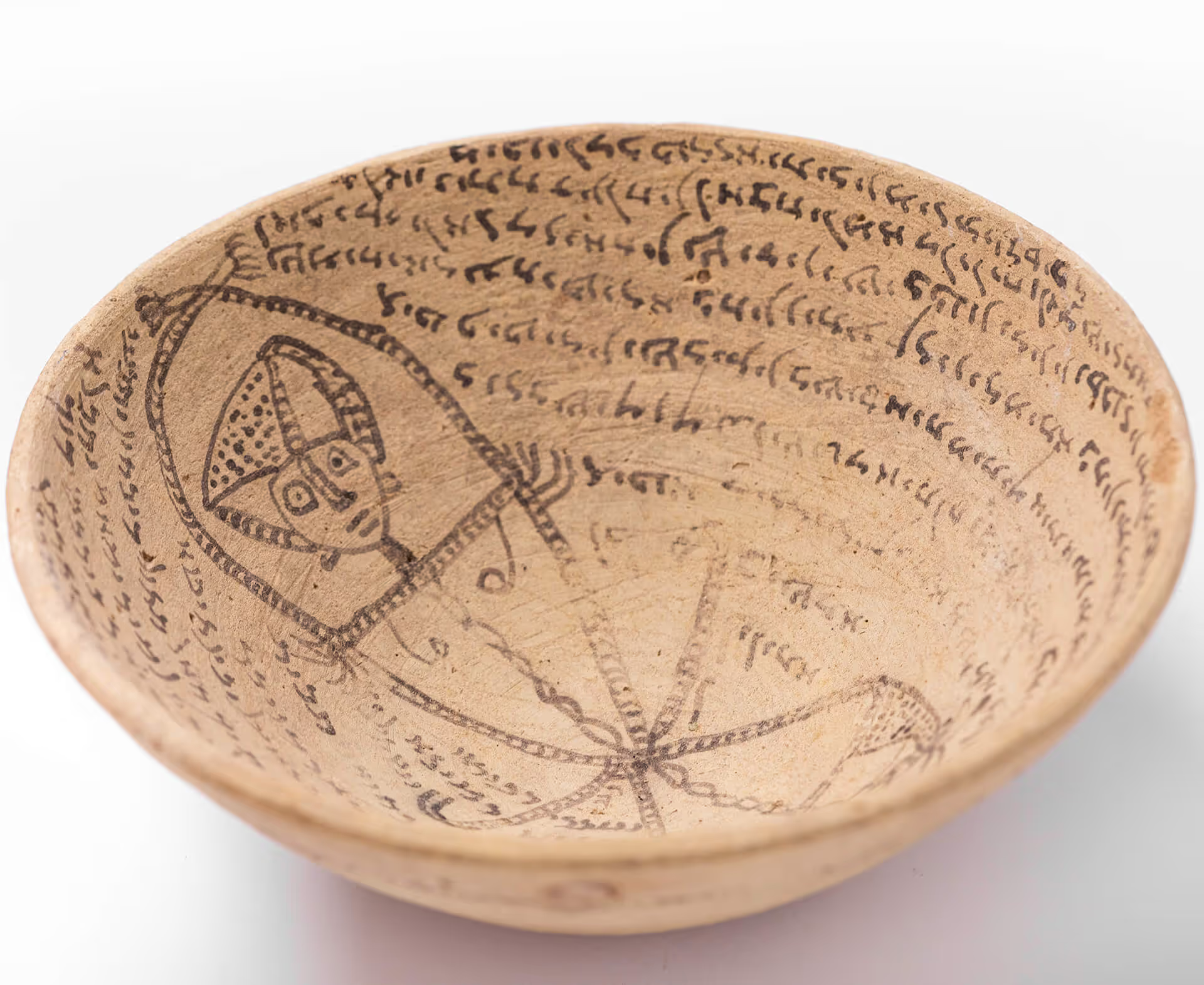
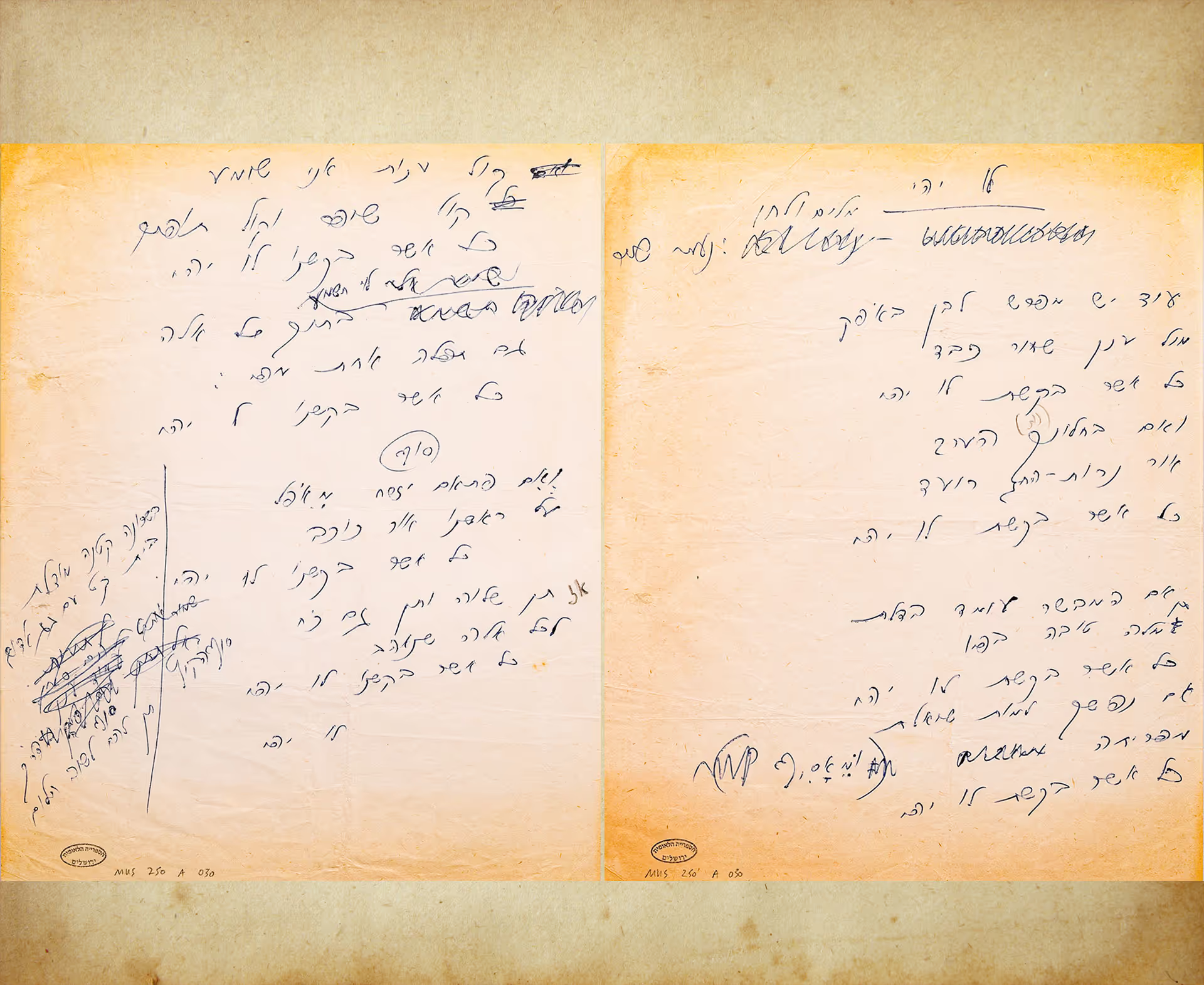
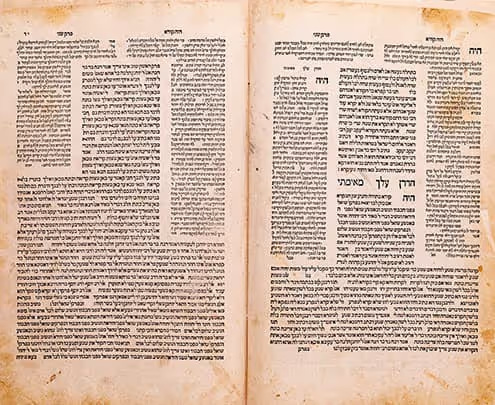





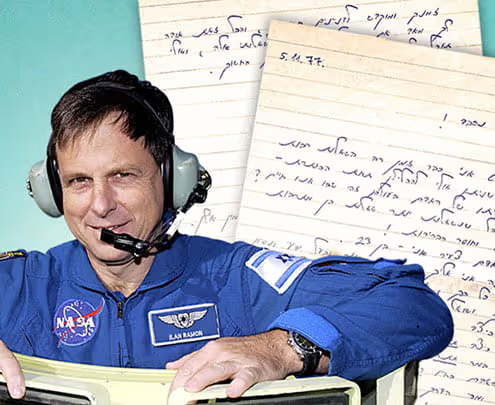

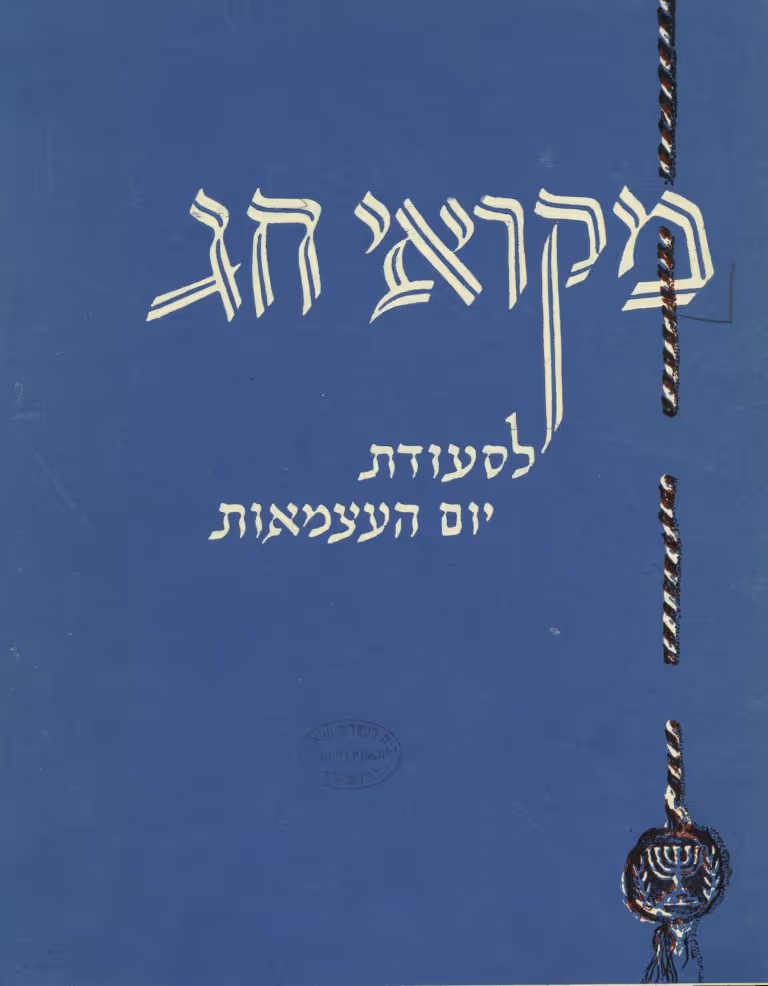
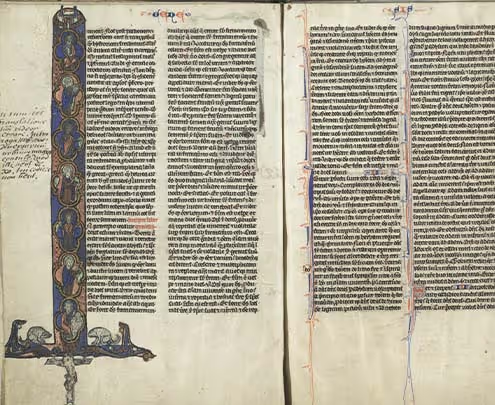

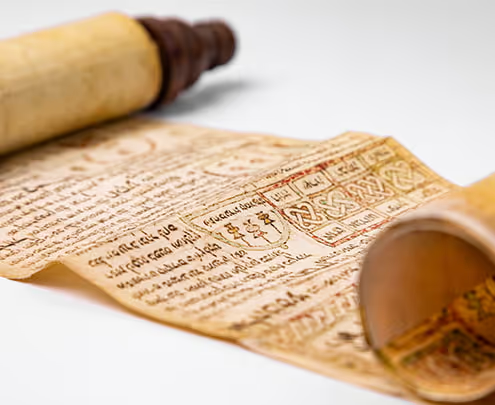


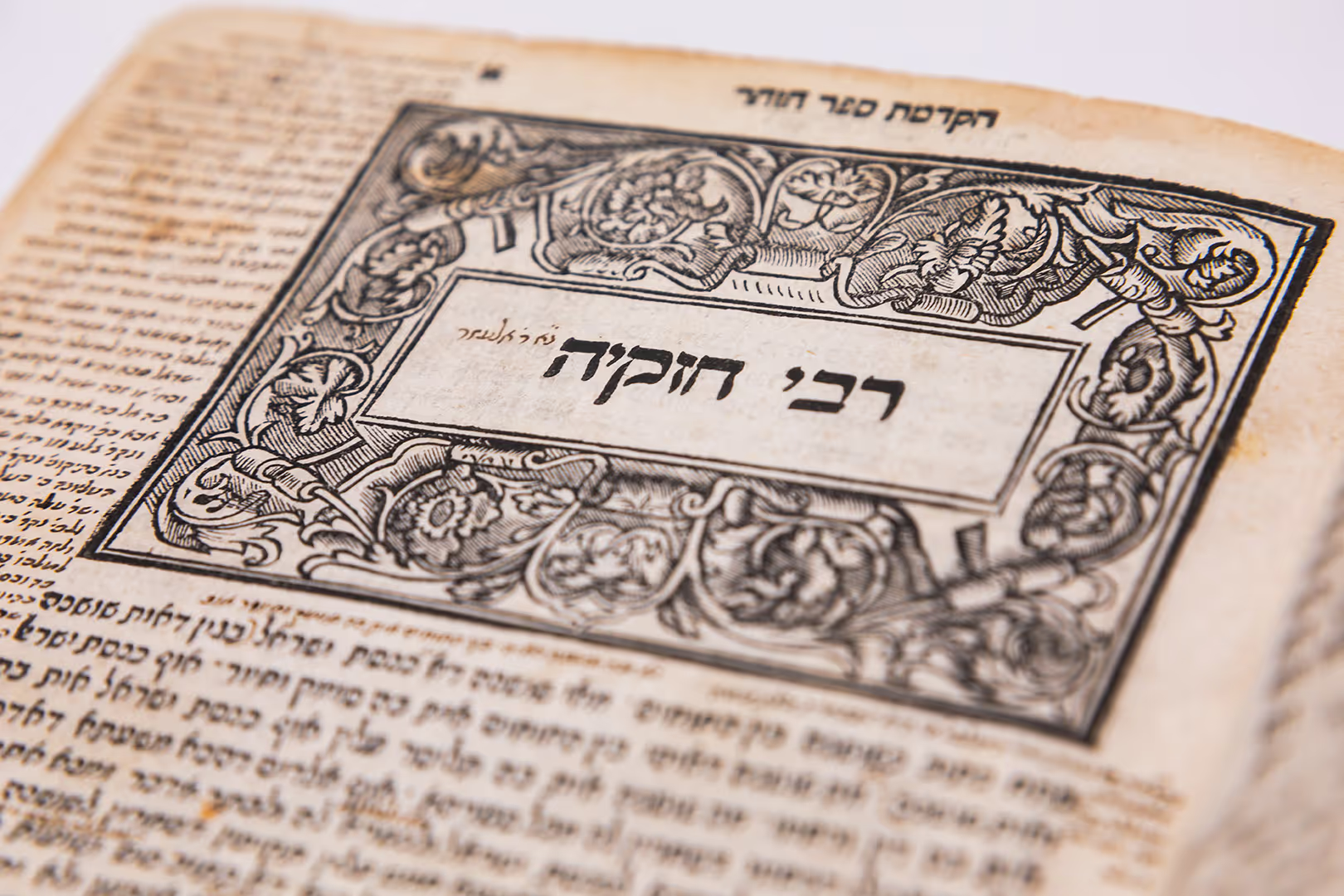





.svg)





